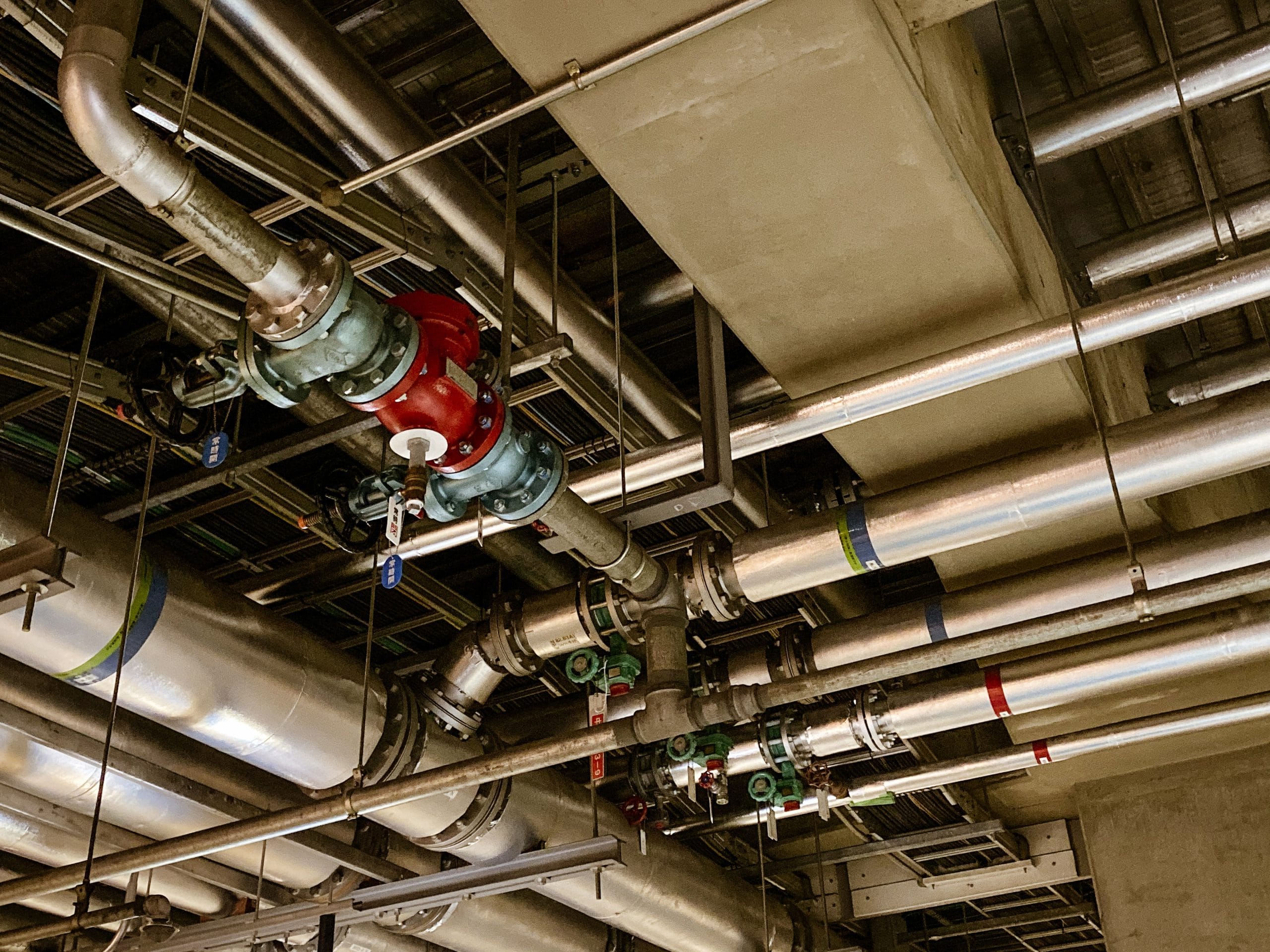The analysis of materials in the industry is essential to optimize the design and manufacturing processes throughout the entire production chain. Forensic engineering is the specialty in charge of studying the pathologies of the different components and identifying their causes. In this post we explain what the most common problems are and how they are detected.
What are the pathologies of materials?
The pathologies of materials are the set of failures, injuries or deficiencies that occur in the elements that are part of a structure. They affect all types of constructions, but also the operation of the equipment necessary to carry out a wide variety of activities.
The breakage of any of the components of an installation is likely to reduce the degree of safety of objects, machines and buildings, causing accidents that generate significant damages, both in economic terms and for the health and physical integrity of people. Hence the need to run material analysis for industry on a regular basis.
What are the most frequent material pathologies?
Depending on the components affected and, above all, the agents that cause the damage, we can distinguish the following types of injuries:
· Chemical pathologies
They take place due to the existence of chemical reactions that alter the composition of materials. A very common example is corrosion caused by the oxidation of metals. Efflorescence caused by the formation of salts on surfaces is also common, as is damage caused by harmful gases and pests of living beings.
· Physical pathologies
They are caused by physical phenomena related to dirt, humidity and erosion, often triggered by environmental pollution or by the interaction of materials with air, water or heat. Its effects include the wear and tear and weakening of paintings, floors, walls, facades or columns.
· Mechanical pathologies
They are related to excessive mechanical stresses, either specific or repeated, that exceed a certain level of resistance. Some of its consequences are the formation of fissures, cracks, deformations or breaks, generating risks of detachment and favoring the permeability of agents that are harmful to the integrity of the structures.
Types of material analysis for industry
In industrial chemical laboratories, a series of examinations are carried out to explain what are the causes that originate problems and malfunctions in the materials. These are some of the most prominent:
· Failure analysis
Chemical testing of materials makes it possible to study different structures and design, manufacturing and maintenance methods. Thanks to this, a diagnosis of errors can be established, always based on technical criteria and fully justified. These tests are very useful to determine the reasons for the failures, to settle responsibilities and to avoid their repetition in the future.
· Reverse engineering
Researchers in industrial chemical laboratories examine the various materials on the market layer by layer. The objective is to produce detailed reports on the composition of a wide range of products of diverse origin. These studies make it possible to compare substances with each other to incorporate the most efficient ones into the production processes, thus avoiding the appearance of irreparable damage over time.
· Life tests
Simulating the usual conditions of the environment is very useful to verify reliably that the requirements of use are satisfied and to estimate the useful life of each component. In addition, the chemical tests of materials include their exposure to extreme environmental conditions, in order to determine their degree of resistance against all kinds of situations.
The work carried out in industrial chemical laboratories with this type of test is essential to guarantee the highest quality in materials such as steel or concrete, essential in sectors as relevant as aeronautical engineering, construction or the automotive industry.
Without any doubt, the analysis of materials for the industry is the best solution to prevent accidents and ensure that the procedures are carried out in compliance with the safety standards set by national and international regulations. If you want to stay informed about these topics, we invite you to continue reading our blog.

